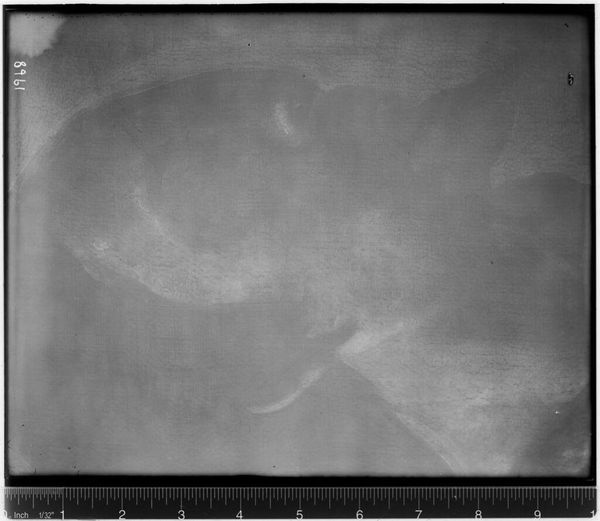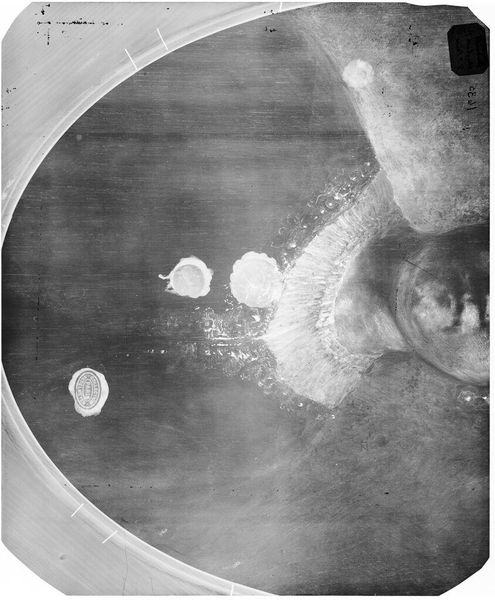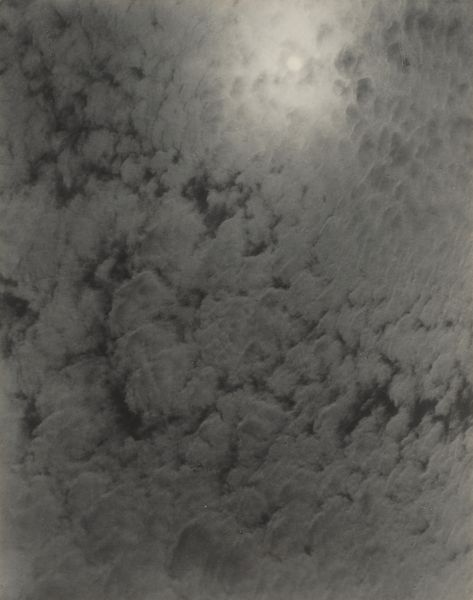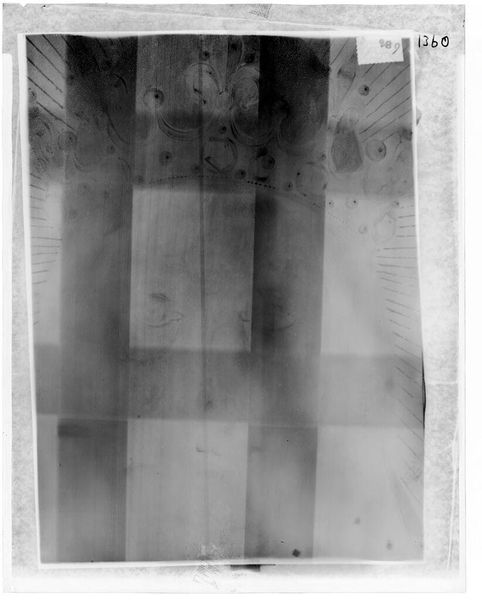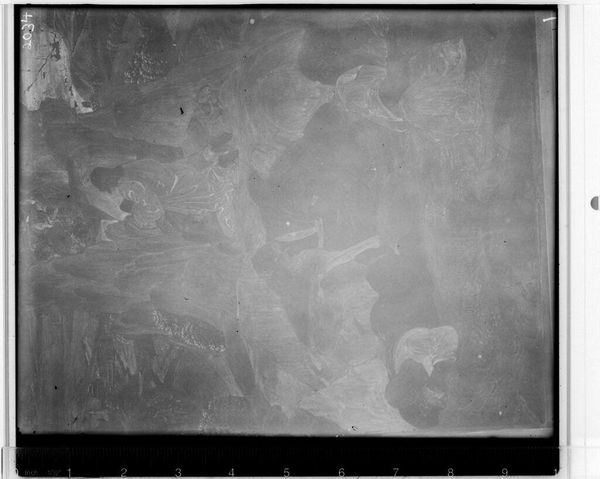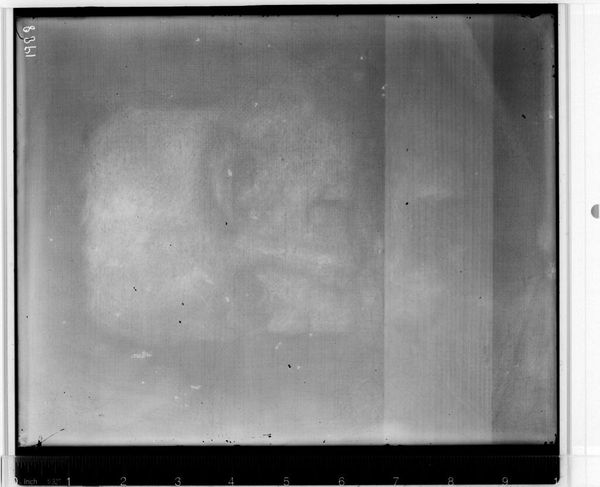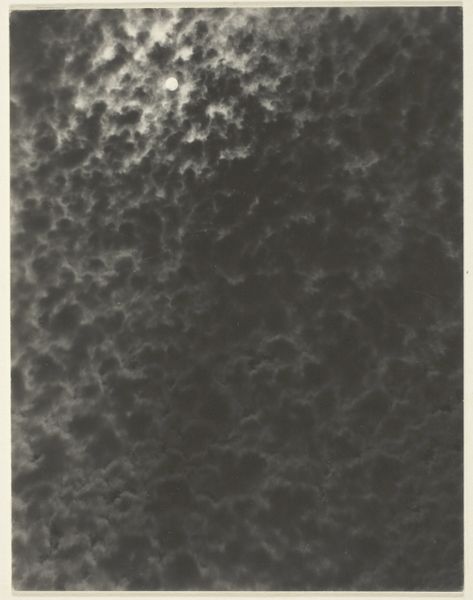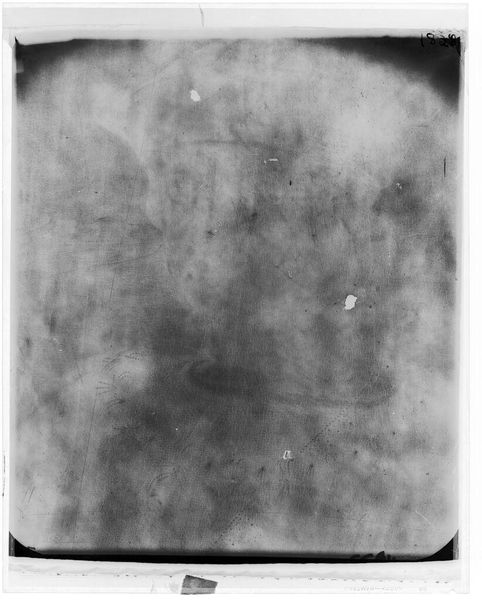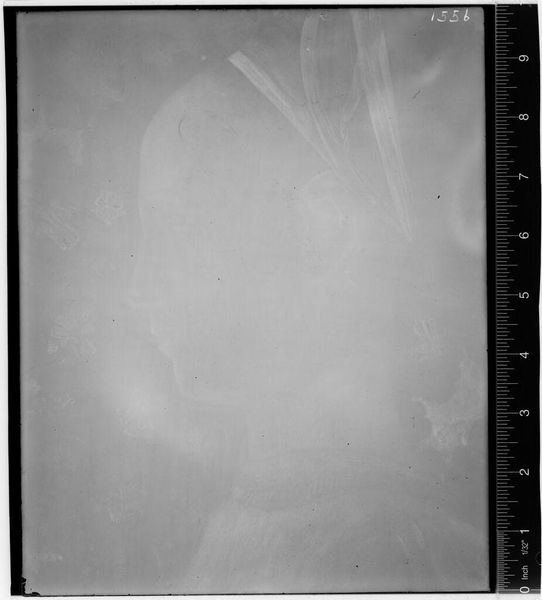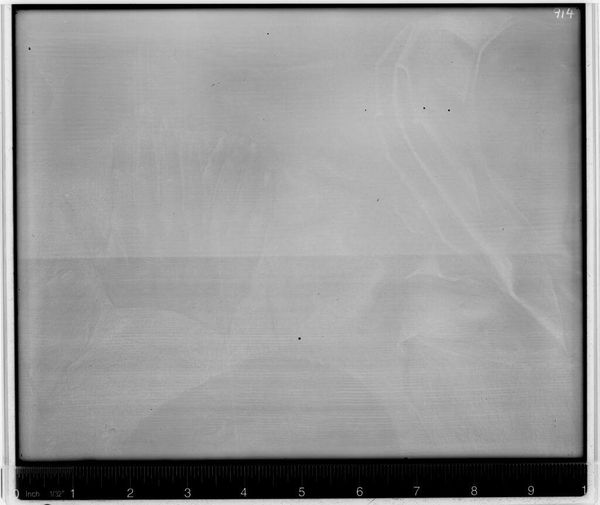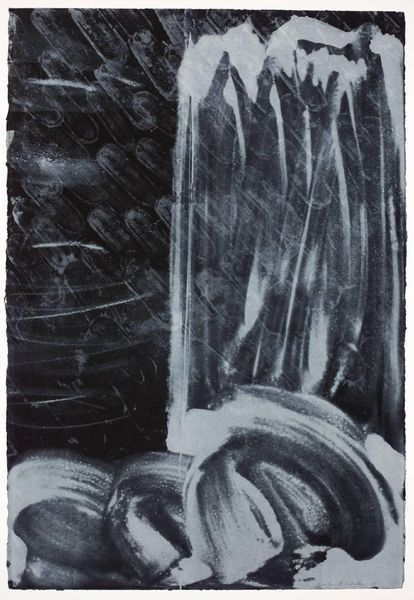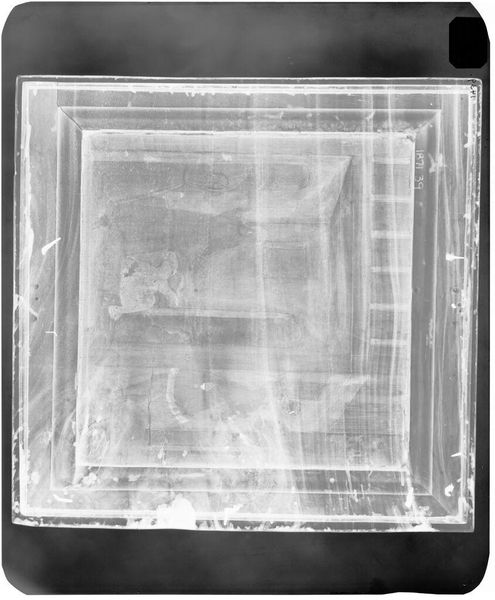
silver, print, metal, photography
#
silver
#
black and white photography
# print
#
metal
#
photography
#
monochrome photography
#
monochrome
#
monochrome
Dimensions: H. 1 5/8 in. (4.1 cm); Diam. 6 1/2 in. (16.5 cm)
Copyright: Public Domain
Editor: This is "Basin," a silver print photographed sometime between 1819 and 1850 by Thomas S. Derby. The monochrome really highlights the texture of the metal, and I’m immediately drawn to its simplicity. What historical significance do you find in such an everyday object? Curator: It’s interesting that you call it "simple". A silver basin from that period, while seemingly mundane today, speaks volumes about social status and the material culture of the time. Owning items crafted from precious metals was a distinct marker of affluence. It was meant for a particular class. How do you think an object like this functioned within the domestic space? Editor: I suppose it wasn't just functional but symbolic then. Perhaps displaying wealth and refinement. I wonder, could its presence have reinforced social hierarchies? Curator: Absolutely! Objects like this weren't just passively present. They were active participants in constructing and maintaining social order. Consider who would have been allowed to use it versus who was simply allowed to see it. And what does the transition from handmade silver basins to mass-produced alternatives tell us about changing social values? Editor: So, it's less about the basin itself and more about what it represents in terms of societal structure and the evolving landscape of manufacturing and consumption. It makes me see how even a basic object can tell a really complicated story. Curator: Precisely. Thinking about art this way helps us move beyond mere aesthetics and understand the power dynamics embedded within the seemingly ordinary. Editor: I’ll definitely be considering that going forward—how everyday objects can be read as complex cultural texts. Curator: Indeed. The study of art isn't confined to paintings and sculptures. It's a lens through which we can examine the intricacies of human society and its evolution.
Comments
No comments
Be the first to comment and join the conversation on the ultimate creative platform.
